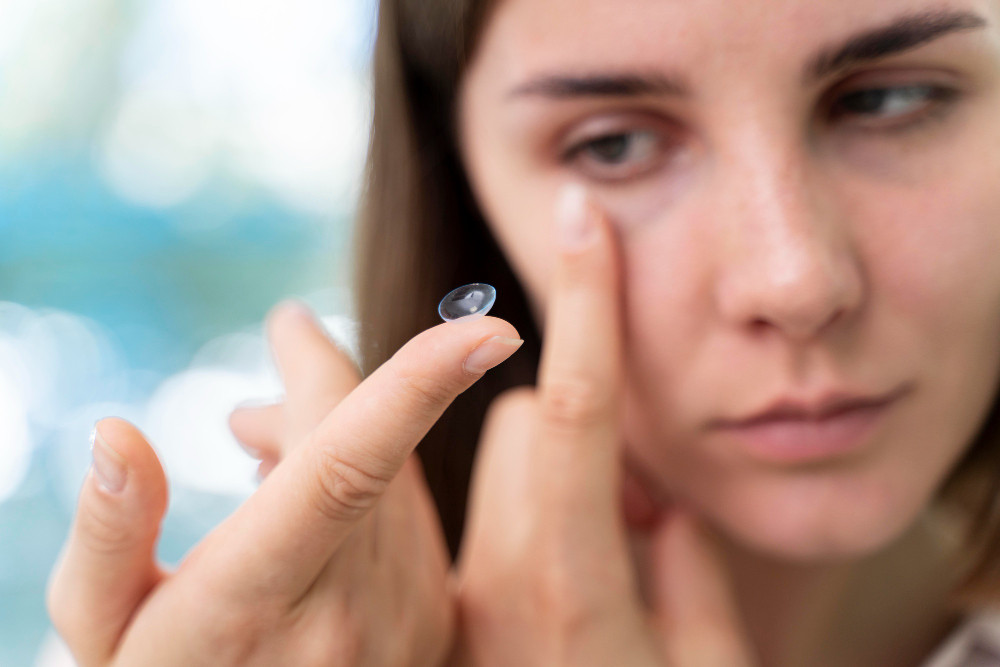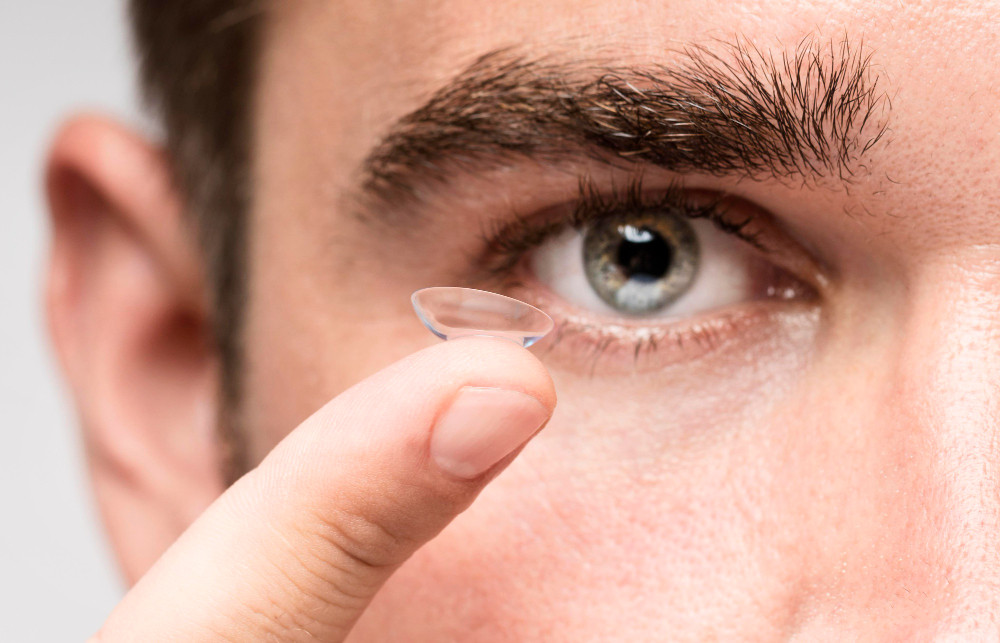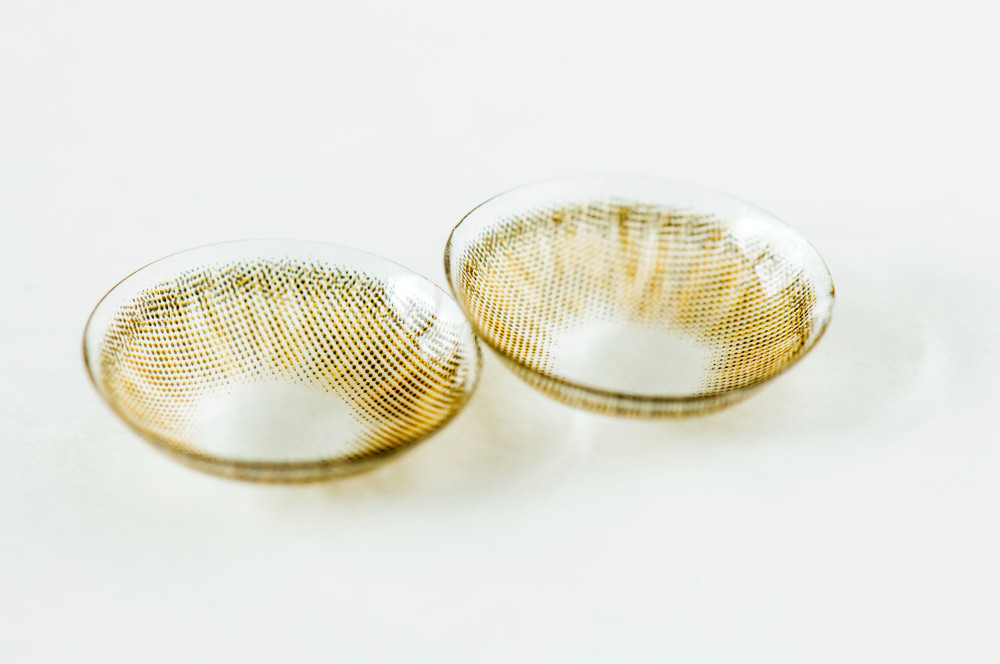Crazy Science: New Contact Lenses Allow Vision in Total Darkness

© Freepik
Imagine putting on a pair of contact lenses and suddenly being able to see things that are invisible to the naked eye.
Scientists have developed a new type of contact lens that lets people see in the dark by detecting infrared light.
This breakthrough could change how we navigate dark environments, help people with vision challenges, and even assist in rescue missions.
Let’s explore how these lenses work and what they could mean for the future.
How Do These Lenses Work?

These special contact lenses are made with tiny particles called nanoparticles, which are mixed into the soft, flexible material used in regular contact lenses.
These nanoparticles can absorb infrared light, which humans can’t normally see, and turn it into visible light. Infrared light has wavelengths between 800 and 1,600 nanometers, just beyond the visible range of 400 to 700 nanometers.
When someone wears these lenses, they can see infrared light as colors like blue, green, or red, depending on how the nanoparticles are designed.
Tests on humans showed that people wearing the lenses could see flashing infrared signals, like Morse code, even in complete darkness.
Surprisingly, the lenses work even better when the wearer’s eyes are closed because infrared light passes through eyelids more easily than visible light.
This means less interference and clearer signals. Unlike bulky night vision goggles, these lenses don’t need batteries, making them lightweight and easy to wear.
Real-World Uses

The potential for these infrared contact lenses is exciting. They could help firefighters see through smoke or fog during rescue operations.
Soldiers might use them for night missions without needing heavy equipment. Doctors could use the lenses to spot tumors highlighted by infrared dyes without looking at a separate screen.
The lenses could also help people with color blindness by converting certain light wavelengths into colors they can see better, like turning red light into green.
For example, in tests, people could read infrared signals shaped like letters, which could be useful for sending secret messages in security or military settings.
The lenses aren’t perfect yet—they can only detect strong infrared light, like from an LED, and the images can be blurry. But scientists are working to make them more sensitive and sharper.
What’s Next for This Technology?

Researchers are already planning improvements. They want to make the lenses pick up weaker infrared signals, like the heat given off by living things, which could make them more like the night vision in science fiction movies.
They also aim to improve the clarity of the images so wearers can see finer details. By working with experts in materials and optics, the team hopes to create lenses that are even more practical for everyday use.
This technology could open new doors. Imagine a world where people can see in the dark without bulky gear or where those with vision challenges can experience colors in a new way.
While there’s still work to do, these infrared contact lenses are a big step toward making the invisible visible.
You might also want to read: Apple Vision Pro Surgery: A New Era of Surgical Assistance?


